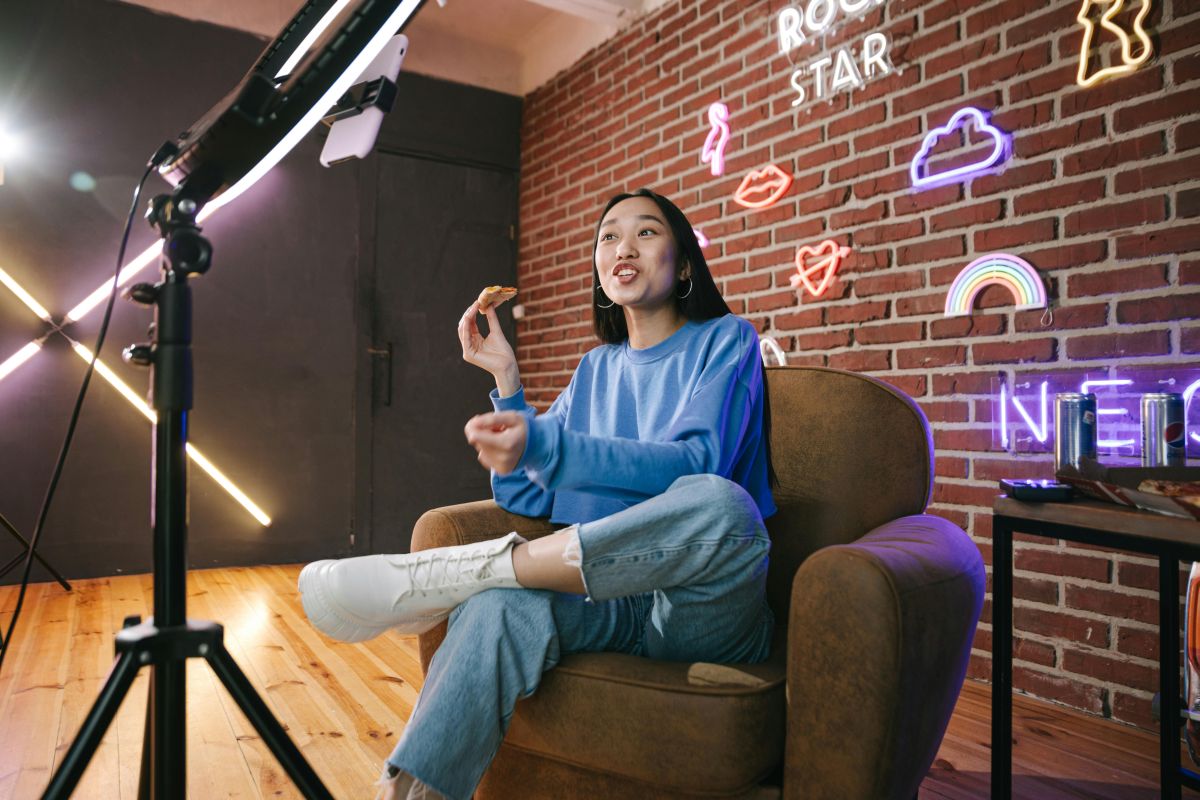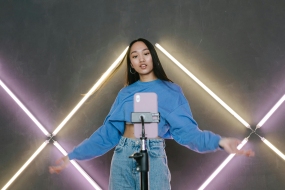Millennials, born between 1981 and 1996, make up a significant portion of the global consumer base.
As the first generation to come of age with social media, they have a unique relationship with digital platforms and influencer marketing. For brands looking to engage this influential demographic, the key lies in experience-driven content and building trust through authentic, relatable influencer partnerships. Here’s how brands can effectively tap into millennial preferences and craft successful influencer campaigns.
1. Prioritize Experience Over Products
Millennials are known for valuing experiences over material goods. They seek out influencers who share compelling stories, adventures, and real-life experiences rather than just product promotions. Whether it’s travel, food, wellness, or lifestyle content, influencers who immerse their followers in experiences tend to resonate more with millennials.
Action Tip: Collaborate with influencers who can create immersive content, like travel vlogs, DIY tutorials, or wellness journeys, that showcase how your product enhances their lifestyle rather than focusing solely on the product features.
Example: Travel influencers documenting their stays at unique destinations, while subtly integrating your brand (e.g., luggage, skincare, or fashion), appeal to millennials’ desire for adventure and new experiences.
2. Build Authenticity Through Storytelling
Millennials are drawn to influencers who share authentic, real-life stories rather than overly polished content. They value transparency and trust influencers who are open about their lives, struggles, and personal growth. Influencers who tell compelling stories and provide meaningful insights tend to build stronger emotional connections with their millennial audience.
Action Tip: Partner with influencers who excel at storytelling and let them share how your product fits into their daily life, from challenges to successes. This authentic, narrative-driven approach helps millennials see your brand as relatable and trustworthy.
Example: A fitness influencer sharing their personal wellness journey, including setbacks and breakthroughs, while showcasing how your brand’s products (e.g., fitness gear or supplements) support their goals.
3. Leverage User-Generated Content
Millennials are heavily influenced by their peers and are more likely to trust user-generated content (UGC) over traditional advertising. Influencers who encourage their followers to create and share their own content, showcasing their experiences with a product, can drive higher engagement and brand loyalty.
Action Tip: Create influencer campaigns that encourage user participation, such as contests, challenges, or hashtag campaigns where followers can share their own experiences with your product. This UGC serves as social proof, reinforcing trust among millennial consumers.
Example: A fashion brand could partner with influencers to create a styling challenge, encouraging their followers to post pictures of how they wear certain pieces with a branded hashtag, creating a viral moment of authentic, community-driven content.
4. Tap into Millennials’ Social and Environmental Values
Millennials are socially conscious and expect the brands they support to reflect their values. Influencers who champion social causes, sustainability, diversity, and ethical business practices are particularly effective in reaching this demographic. By aligning with influencers who are vocal about these issues, brands can build stronger connections with millennial consumers.
Action Tip: Partner with influencers who are passionate about social issues and create campaigns that highlight your brand’s commitment to sustainability, inclusivity, or philanthropy. Authentic collaborations that promote positive change will resonate deeply with millennial audiences.
Example: A sustainable fashion brand partnering with influencers who promote eco-friendly fashion choices, using recycled materials, or donating a portion of sales to environmental causes, will appeal to millennials’ sense of responsibility.
5. Focus on Relatability
Millennials prefer influencers who feel like friends, not celebrities. They’re drawn to individuals who are relatable, down-to-earth, and share similar values or lifestyles. Influencers who respond to comments, engage with their audience, and foster a sense of community are more likely to build loyalty among millennial followers.
Action Tip: Choose influencers who have strong, engaged communities rather than focusing solely on follower count. Micro and nano influencers often have deeper connections with their audience, making them more relatable and trustworthy in the eyes of millennials.
Example: A beauty brand could partner with a micro-influencer who regularly interacts with followers, answering questions and offering personal advice, rather than a larger influencer with minimal direct engagement.
6. Visual Appeal and Instagram Aesthetic
Instagram remains a dominant platform for millennials, who appreciate visually curated content that tells a cohesive brand story. Influencers with a strong Instagram aesthetic, who use visual storytelling to create a cohesive lifestyle image, can greatly impact millennial purchasing decisions.
Action Tip: Work with influencers who create visually striking content that aligns with your brand’s aesthetic. Encourage influencers to integrate your products into their lifestyle imagery, making it feel seamless and aspirational.
Example: A home decor brand collaborating with influencers who showcase beautifully styled rooms using your products in Instagram posts, Stories, and Reels.
7. Leverage FOMO (Fear of Missing Out)
Millennials are highly responsive to the fear of missing out (FOMO), particularly when it comes to limited-time offers, exclusive events, or unique experiences. Influencers who create urgency around your product launch, event, or sale can effectively tap into this psychological trigger.
Action Tip: Collaborate with influencers to create exclusive, time-sensitive content, such as product launches, early access to sales, or VIP event invites, to spark interest and urgency among millennial consumers.
Example: A tech brand partnering with influencers to promote an exclusive pre-order window for a new product, offering early access only to their followers.
Conclusion
To effectively connect with millennials, brands must focus on building trust through authentic, experience-driven content. By partnering with influencers who prioritize storytelling, social values, and relatability, brands can foster deeper connections with this key demographic. Successful influencer campaigns for millennials focus on creating memorable experiences, encouraging user engagement, and tapping into their desire for authenticity and social consciousness.









